The 10 Greatest Daredevil Comic Book Runs of All Time, Ranked
- Oops!Something went wrong.Please try again later.
- Oops!Something went wrong.Please try again later.
- Oops!Something went wrong.Please try again later.
- Oops!Something went wrong.Please try again later.
- Oops!Something went wrong.Please try again later.
Daredevil is one of the most prestigious titles in Marvel Comics. However, when you look back at the Man Without Fear’s earliest issues, you wouldn’t expect a character in a gaudy red and yellow costume to someday hold this title. In fact, Daredevil has never been a pop culture superstar quite like his Marvel contemporaries like the Hulk, Spider-Man, or Thor. Even so, what’s unique about Daredevil is that his series presents a chronicle of contemporary social issues. That’s because Daredevil can’t ignore social inequality—it’s a part of everyday life as a blind lawyer Matt Murdock from working-class Hell’s Kitchen. With this in mind, let’s look at the 10 best Daredevil stories ever published.
10. Ed Brubaker and Michael Lark
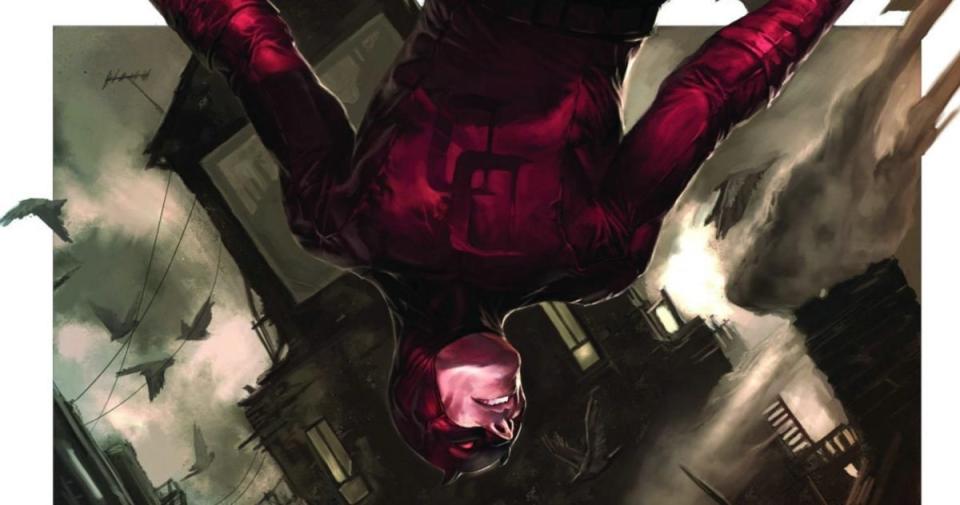
Crime is a key ingredient of Daredevil stories from the last couple decades. Writer Ed Brubaker has excelled in this genre across his career. Brubaker and Michael Lark’s Daredevil had the difficult task of continuing on from a bombshell moment at the end of Brian Michael Bendis and Alex Maleev’s run, where Daredevil was imprisoned. While in jail, Matt Murdock was tormented by the Kingpin himself, Wilson Fisk. The audacious opening to Brubaker and Lark’s run put Matt up against his fiercest foes without any of his usual advantages. If you loved the pulse-pounding prison escape scene in season three of the Netflix Daredevil show, then Brubaker and Lark are a perfect match for your sensibilities.
Ed Brubaker’s run spans Daredevil (1998) #82-119, plus Daredevil #500.
9. Charles Soule
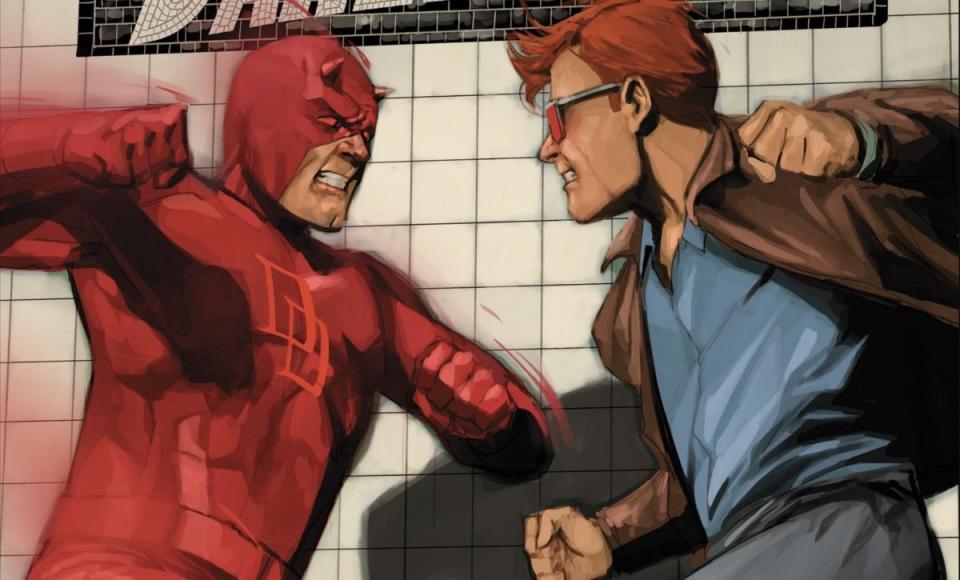
Writer Charles Soule also works as an attorney. Part of his run on Daredevil highlights the ins and outs of being a lawyer. But beyond Soule’s legal training, he and artist Phil Noto pulled off one of the funniest gags in Daredevil’s history: bringing Matt Murdock’s fake twin brother, Mike, to life. In the earliest issues of Daredevil in the 1960s, Matt created the persona of “Mike Murdock” to fool Karen Page and Foggy Nelson into thinking Daredevil was actually his identical twin brother, Mike. But after a mishap with an Inhuman called the Reader, Mike Murdock accidentally came to life as his own person. Bringing Mike to life had lasting consequences for Daredevil (see: the Devil’s Reign event), and Soule and Noto’s arc merged both the comedic and dramatic sides of Daredevil’s publication history in one story.
Charles Soule’s Daredevil run spans Daredevil (2015) #1-28, Daredevil #595-612.
8. Frank Miller
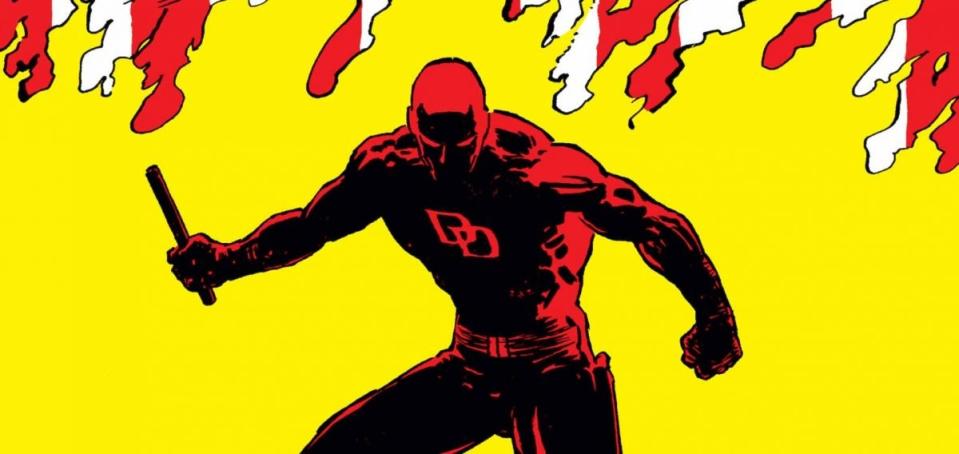
Frank Miller is often credited with reinventing Daredevil as a gritty crime story. Miller introduced longstanding characters in Daredevil such as the assassin Elektra Natchios, the ninja organization known as The Hand, and Daredevil’s former mentor, Stick. Together with artist David Mazzucchelli, Miller’s finest work on Daredevil was the “Born Again” storyline, which still remains influential today. Perhaps Frank Miller’s greatest legacy for Daredevil is that he paved the way for future creators to explore the Man Without Fear in a variety of modes. For some, that meant a heavy crime approach, and for others, a more humanistic perspective. When evaluated within the whole of Daredevil’s publication history, Frank Miller’s run may not be the character’s finest, but it is a watershed moment in superhero comics.
Frank Miller’s run on Daredevil begins as the penciler on Daredevil #158-167, then as writer on Daredevil #168-191, #219, #226-233. Miller wrote Daredevil: The Man Without Fear #1-5 with art by John Romita Jr.
7. Denny O’Neil
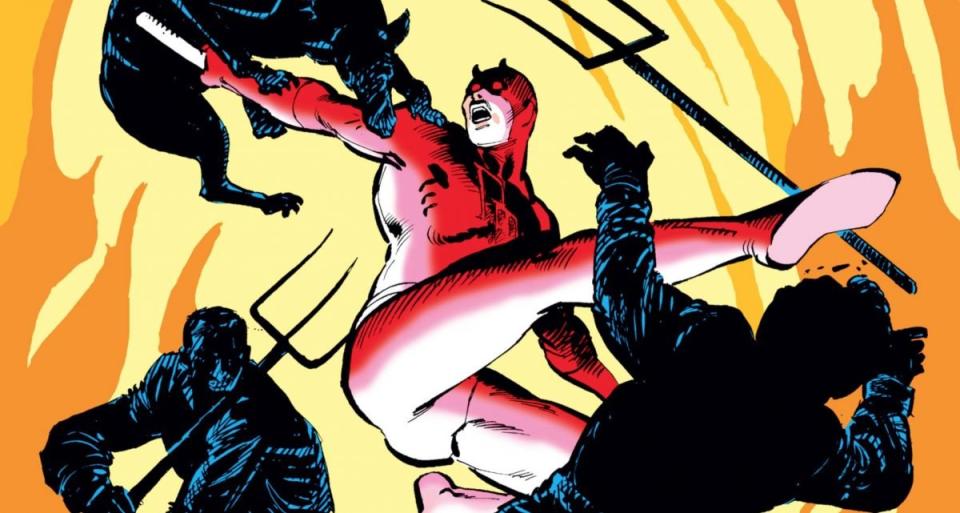
Dennis “Denny” O’Neil doesn’t get enough credit for his role in shaping Daredevil into one of Marvel’s finest characters. O’Neil ushered in a more mature era for superhero comics at large with his and Neal Adams’ sociopolitically-minded run on Green Lantern in the early 1970s. Later, O’Neil was Frank Miller’s editor on Daredevil. After Miller’s run concluded, O’Neil filled in as writer until Ann Nocenti took over the title. O’Neil’s Daredevil reflects his seasoned mastery of the comic book form, telling thoughtful, self-contained stories. Through his writing, O’Neil imbued Hell’s Kitchen with a certain journalistic texture of humanity, making his run deeply refreshing to read. While Frank Miller is often attributed with writing Daredevil with a “mature” outlook, the same should also be said for O’Neil’s run.
Dennis O’Neil’s run as writer on Daredevil spans Daredevil #18, #194-202, #204-#207, #210-218, #220-223, #225-226.
6. David Lapham and Lee Weeks
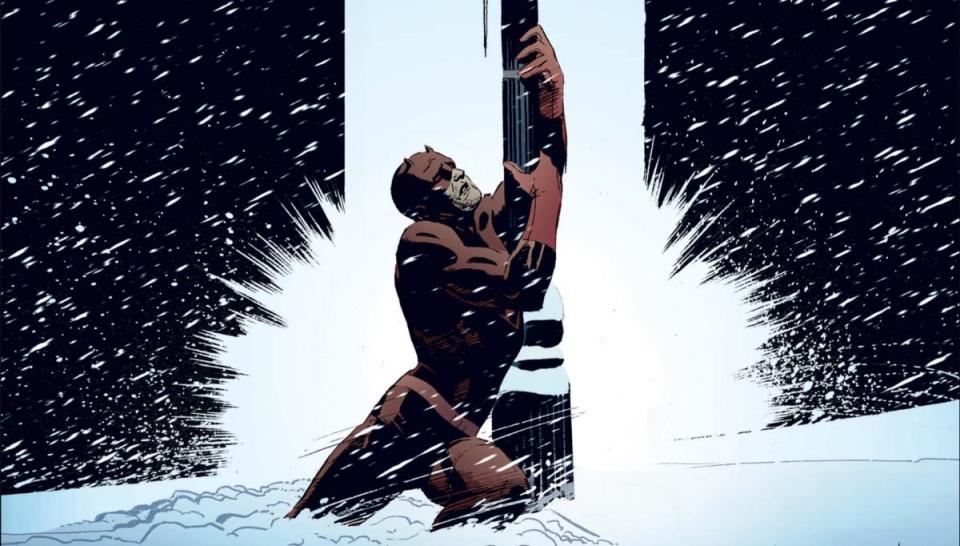
Daredevil: Dark Nights by David Lapham and Lee Weeks is the rare story where Matt Murdock’s antagonist isn’t a corrupt human, but Mother Nature herself. This arc takes place during a blizzard that’s left New York City at a standstill. A little girl waits for a heart transplant at a hospital. But the helicopter transporting the heart goes down due to the weather. Matt suits up to trudge across New York City in the snow to retrieve the heart from the site of the crash.
Anyone who’s ever lived in New York City knows that this city is no stranger to horrific weather events. Lee Weeks’ gorgeous art captures the epic scale of this battle of man versus nature, and the limits of the human body. Daredevil’s passionate disregard for his own wellbeing in Dark Nights is incredibly moving. If you’ve ever needed three issues to remind you why Daredevil is so heroic, then Daredevil: Dark Nights #1-3 is a must read.
David Lapham and Lee Weeks’ story spans Daredevil: Dark Nights #1-3.
5. Kevin Smith, Joe Quesada, and Jimmy Palmiotti
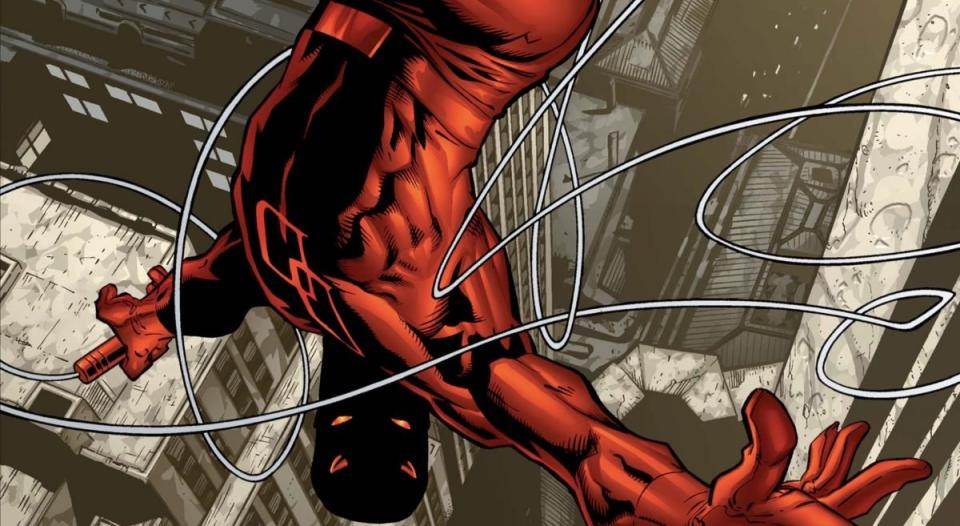
The 1990s were a rough time for Daredevil. It wasn’t until Kevin Smith, Joe Quesada, and Jimmy Palmiotti assembled in 1998 that the Man Without Fear hit his stride again. Under the new Marvel Knights imprint, Daredevil began anew. With Smith’s lyrical narration and Quesada and Palmiotti’s lush art, Daredevil came out swinging and never let up. Smith, Quesada, and Palmiotti kicked off a new era of Daredevil marked by creative experimentation that continued through the early 2000s. In just eight issues, Smith, Quesada, and Palmiotti reminded comics fans why Daredevil is a top-tier Marvel character. And yes, this is the same Kevin Smith who made Clerks!
Daredevil (1998) #1-8
4. Mark Waid, Paolo Rivera, and Chris Samnee
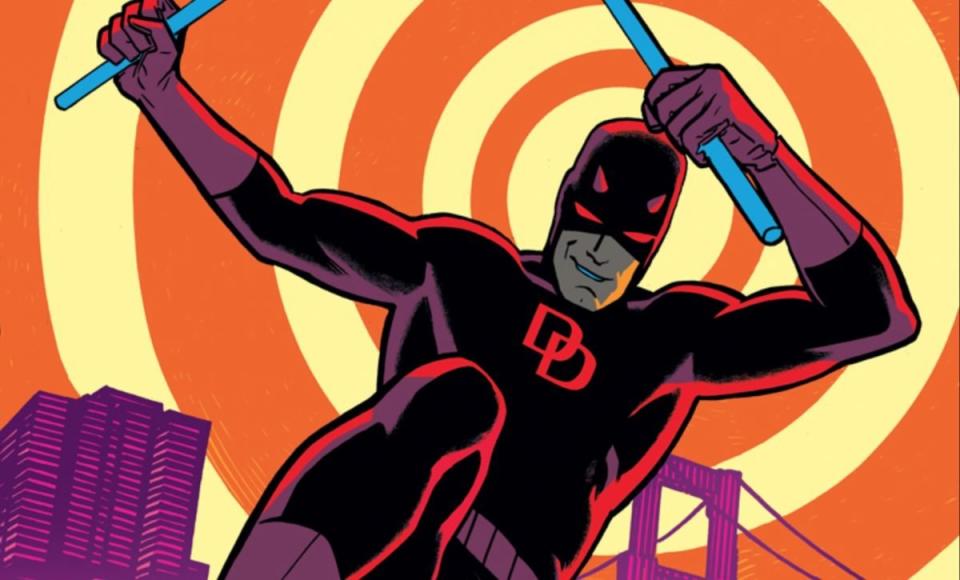
Mark Waid, Paolo Rivera, and Chris Samnee’s Daredevil departed from the dark and crime-heavy tone that the character had become synonymous with. Instead, Waid’s Daredevil had no private identity. He lived publicly as Matt Murdock, vigilante and lawyer, in San Francisco. Waid and Rivera introduced a fan-favorite girlfriend of Matt Murdock’s, Kirsten McDuffie, a fellow lawyer. Rivera and Samnee’s playful artwork combined with Waid’s adventurous tone reestablished Daredevil as a character who made you smile as much as he made you think. In this sense, this run was a better version of Daredevil’s earliest comics by Bill Everett, Stan Lee, Wallace Wood, John Romita Sr., and Gene Colan. Waid, Rivera, and Samnee proved just how versatile Daredevil is as a character.
Daredevil (2011) #1-36, Daredevil (2014) #0.1, #1-18
3. Chip Zdarsky and Marco Checchetto
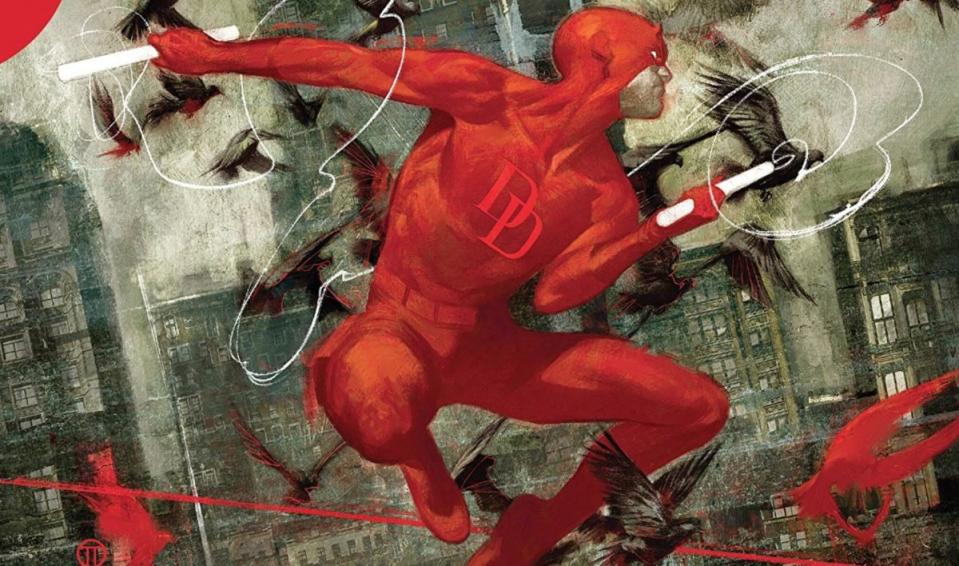
If Waid, Rivera, and Samnee’s Daredevil was the Beach Boys’ Surfer Girl album, Chip Zdarsky and Marco Checchetto’s Daredevil was Rage Against the Machine’s debut. Zdarsky wrote Daredevil with righteous fury and emotional complexity, brought to life by Marco Checchetto’s art. Matt Murdock became more and more disillusioned with the justice system as well as his Catholic beliefs. This culminated in him going to prison after killing a man early on in the run. The focus on Daredevil’s rage brought out a terrifying but relatable dimension to his character. With Zdarsky’s attention to both the failings of the justice system and Catholic schools of thought, Daredevil never felt more salient to today’s world. If you’ve ever experienced even a smidge of Catholic guilt, you’ll find yourself at home in Zdarsky and Checchetto’s Daredevil.
Daredevil (2019) #1-36, Daredevil (2019) Annual #1, Daredevil (2022) #1-14
2. Ann Nocenti and John Romita Jr.
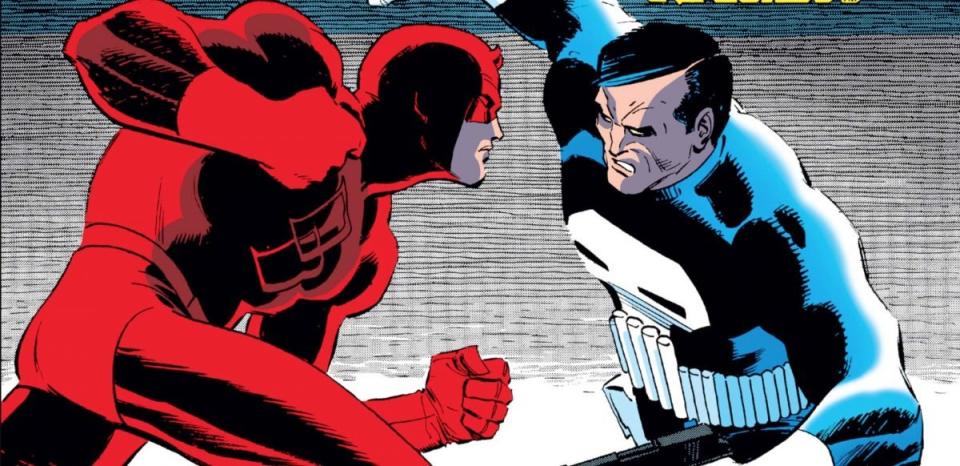
Ann Nocenti and John Romita Jr.’s Daredevil is criminally overlooked. Romita Jr.’s art and Nocenti’s emphasis on Daredevil’s place in his community captured late 1980s Hell’s Kitchen like a photograph—no sensationalism necessary. Thanks to Ann Nocenti’s whip-smart critical eye, Daredevil tackled social issues like misogyny (through the iconic villain Typhoid Mary), environmental racism, corrupt landlords, ableism, and more. Furthermore, Nocenti and Romita Jr. unpacked violence in the superhero genre and its effects on ordinary people. Daredevil and the Punisher’s fight in Daredevil #257 is a testament to this. Nocenti and Romita Jr. skirt the typical preachiness of the two characters in favor of narrating the scene from the perspective of the criminal whose fate hangs in the balance. From scenes like this, it’s clear that both creators loved Daredevil, but they weren’t afraid to give him tough love. In addition, his fight with Mephisto is not to be missed.
Ann Nocenti’s run is Daredevil #236, #238-245, #247-#257, #259-291.
Romita Jr was artist on Daredevil #250-#257, #259-263, #265-276, #278-282.
1. Brian Michael Bendis, David Mack, and Alex Maleev
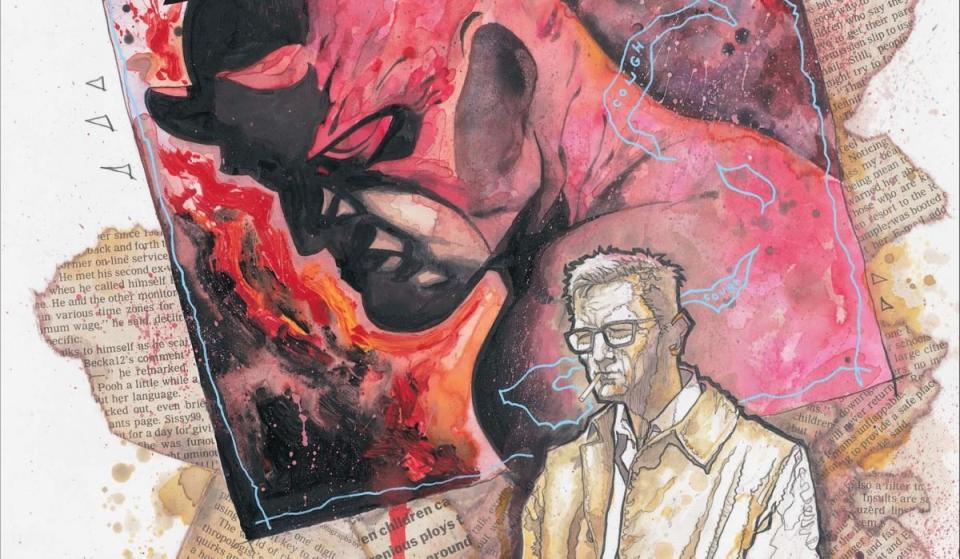
Daredevil by Brian Michael Bendis, David Mack, and Alex Maleev is a rare book that fearlessly rewrites what a superhero story can do. The run begins with a story about a child obsessed with Daredevil. David Mack’s gorgeous watercolors defy conventional page layouts. It elevated existing Daredevil characters like journalist Ben Urich in a wholly original way. Bendis brought a sense of soulfulness to Daredevil’s familiar crime dramas, bringing readers into the dizzying sights, smells, and sounds of New York City. Daredevil has a tendency to wall himself off when he feels vulnerable, but Bendis brought us into his headspace like never before. Likewise, Alex Maleev’s vision of New York City is arguably the blueprint for the city moving forward, bringing a palpable sense of grit to the page. Bendis, Mack, and Maleev made a whole new generation of comics readers fall in love with Daredevil.
Daredevil (1998) #16-19, Daredevil (1998) #26-50, Daredevil (1998) #56-81

